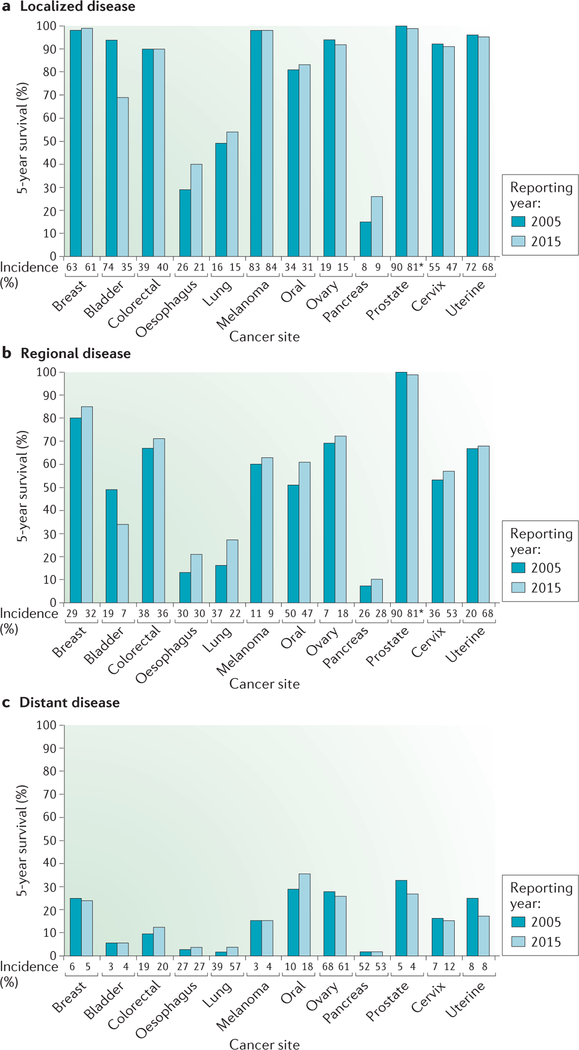Figure 1 |. Few improvements in 5-year survival for cancer patients initially diagnosed with metastatic disease.
The percentage of patients surviving for 5 years is plotted based on their initial disease staging of localized (organ confined), regional (invasion to lymph nodes) or distant (metastases detected by imaging) using the US National Cancer Institute Surveillance, Epidemiology and End Results (SEER) registries11,12. Data covering 1995–2000 and 2004–2010 were reported in 2005 and 2015, respectively, to determine where improvements were attained. With few exceptions, 5-year survival after a diagnosis of localized disease was excellent; where it was low in 2005, gains were observed in 2015. Regional disease survival rates fluctuated by cancer type, but the majority saw increased survival in the later reporting period. Patients with metastatic disease at diagnosis had lower overall 5-year survival rates, with fewer than 20% of patients surviving after 5 years for half of the cancer sites. The increase in survival between the 2005 and 2015 reporting periods was under 3% in three of the four cancer types for which increased survival was seen. For each type, stage categories may not total 100% because of insufficient information for all cases. Beneath each plot is the incidence of each stage at diagnosis for the reporting period. *Localized and regional data were combined.

